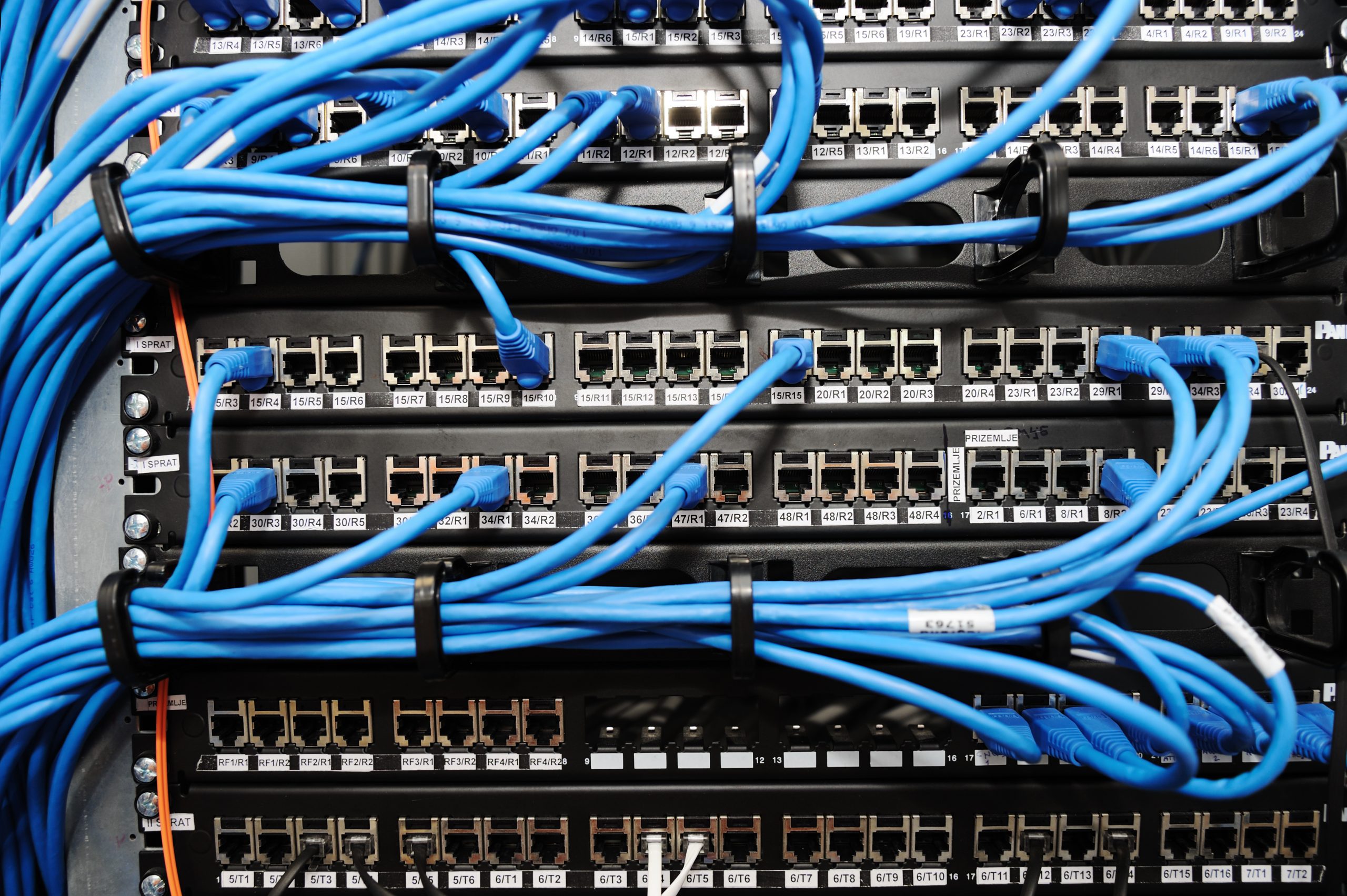
It is fair to say that today’s is truly a wired world, and computers and related devices are just about everywhere. PCs can be found in the office and home alike for both leisure and work, and many people own a laptop that they can carry around. Some mobile devices such as laptops or cell phones can get a wireless Internet connection, but this technology has not made cables such as cat5e cables obsolete. In fact, for some applications, ethernet cables such as cat6e cables are preferred, as these cables allow for a stronger and more secure connection when plugged in. And these cat5 cables or cat6 cables are not alone; typical patch cables or cat5e crossover cables may be used alongside a 100 ft HDMI cable, bulk USB cables, and more in a home office or home entertainment setup. Knowing the difference between cat5e crossover cables and patch cables is important, since they have different jobs. And what about the cables needed to make a home entertainment system?
Cables for the Office
Even small businesses today make good use of computers for processing data and networking, not to mention Internet use. But those computers don’t stand alone; plenty of cables such as cat5e crossover cables or USB cables will connect computers, routers, and auxiliary devices such as printers and fax machines. Often, it is IT professionals who will set up computers and their related cables in an office, and this often means threading the cables discreetly so they are not a tripping hazard. In fact, some workers might drill holes in the floor so that cables can pass right through. Why not use wireless connections for all this? A large office may have dozens of computers all being used at once, and this would cause some serious interference and strain a WiFi provider. But cables will allow for secure and stable connections between computers and the Internet.
The Internet is important for most offices, and ethernet cables can connect a computer to a router for Internet access. But what about cat5e crossover cables? These cables connect two devices of the same type, and this may reduce the number of cables that are going to the on-site router. With cat5e crossover cables in play, all of the work offices can plug into each other and access the Internet and each other. Meanwhile, some offices also have fiber optic cables, which are high-speed glass cables that transmit pulses of light. Once these cables are installed, they allow for a very fast Internet connection that can transmit a lot of data, helpful for large offices with high Internet connection demands.
What about a computer server? For those not aware, a data server is a collection of computers on racks in a room, and cables will connect all of these computers to form a vast network with deep storage space and fast connection speeds. These are not desktop PCs, though, and they don’t even have keyboards or monitors. But when work PCs are connected to this server with cables, those PCs may access a huge, universal storage space and share data with one another, not to mention enjoy a boost to their processing power. Only cables make this possible.
Cables in the Home
Some office employees are remote workers; that is, they set up home offices and get their work done from there. Naturally, this requires a PC with a solid Internet connection, and cables may connect the PC to a router while other cables plug it into a auxiliary devices.
Cables can be used for leisure, too. A home entertainment system may combine a digital projector or an HDTV with a Blu-ray player, a laptop, a sound system, or even a game console. Most devices use HD graphics today, and HDMI cables are what can plug a game console, Blu-ray player, or laptop into a TV or projector to get that clear, high-def image. Meanwhile, cables can plug in a surround sound system, and ethernet cables connect a game console to the Internet for online gaming and video streaming services alike. Cables can be threaded in the room so that they are not a tripping hazard, and many TV stands have holes in the back wall for cables to pass through.
